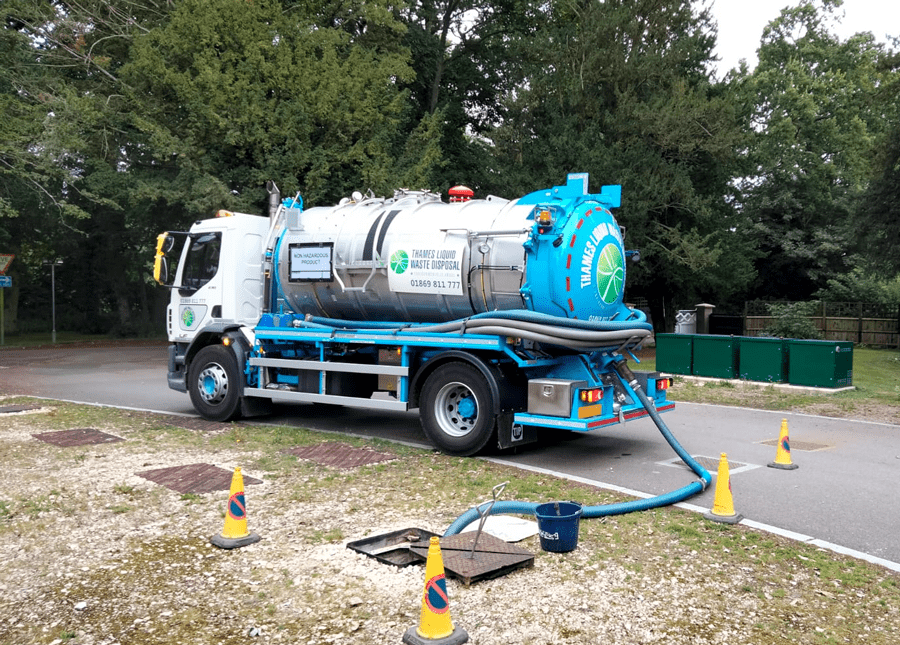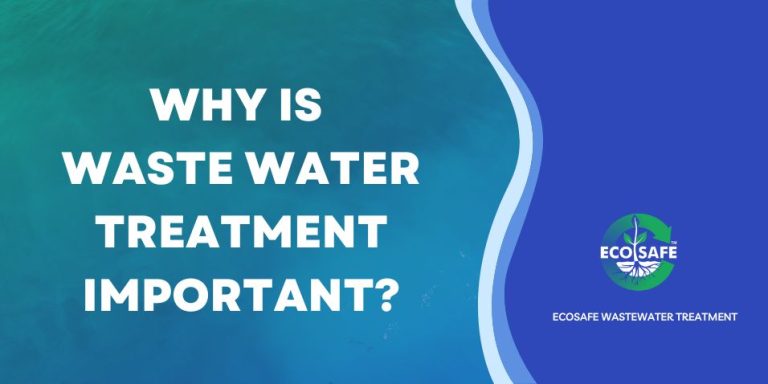An Unbiased View of Reclaim Waste
An Unbiased View of Reclaim Waste
Blog Article
The Only Guide to Reclaim Waste
Table of ContentsGet This Report about Reclaim WasteReclaim Waste for BeginnersHow Reclaim Waste can Save You Time, Stress, and Money.Getting The Reclaim Waste To WorkNot known Details About Reclaim Waste
Check out the types, events, and kinds of fluid waste. Domestic sewage waste describes the waste and items from a domestic septic system. This sort of waste is produced by humans in residences, institutions, and other buildings. This only includes septic containers that have a drain area. The proper monitoring and disposal of domestic sewer waste need fluid waste to be transferred to a sewer therapy plant where the proper approaches and devices are applied to detoxify and get rid of waste.
Business waste frequently consists of potential risks, such as combustible products or a mix of fluid and strong waste products, and requires a much more advanced and comprehensive disposal procedure. The disposal of commercial waste usually entails the filtering of waste prior to transportation to make sure secure and appropriate disposal. Hazardous waste is produced from results and runoff of industrial procedures and manufacturing.
This kind of waste can not use the same sewage administration transport or procedures as septic or commercial liquids. The industrial waste administration process needs the assessment and testing of liquid waste prior to it undergoes the disposal procedure (industrial wastewater treatment). Runoff waste is the liquid waste that comes from drainage and excess stormwater in extremely populated locations or cities
Overflow waste can create contamination and flooding if not handled properly. Discover more regarding drain cleansing and waste administration. Making sure correct waste monitoring can prevent disasters and reduce ecological injury. Both people in domestic settings and experts in industrial or production sectors can take advantage of understanding the procedures and guidelines of fluid waste monitoring.
The Main Principles Of Reclaim Waste
Get in touch with PROS Services today to find out about our waste administration and disposal services and the appropriate means to take care of the liquid waste you create.
(https://justpaste.it/fauht)Do you know what happens to your water when you disengage, flush the bathroom or drain the washing device? No? Well, it's worth recognizing. This supposed 'wastewater' is not only an important source however, after therapy, will be launched to our land, waterways or the sea. Utilized water from commodes, showers, baths, cooking area sinks, laundries and commercial processes is known as wastewater.

water used to cool down equipment or clean plant and devices). Stormwater, a form of wastewater, is overflow that flows from agricultural and urban locations such as roofing systems, parks, yards, roads, courses and rain gutters into stormwater drains, after rain. Stormwater streams unattended straight to neighborhood creeks or rivers, eventually getting to the ocean.
The Buzz on Reclaim Waste
In Queensland, a lot of wastewater is treated at sewage therapy plants. Wastewater is transferred from residential or commercial sites through a system of sewage systems and pump terminals, known as sewerage reticulation, to a sewage treatment plant.
The Department of Natural Resources advises local federal governments concerning handling, operating and preserving sewerage systems and therapy plants. In unsewered locations, regional governments may require householders to mount specific or house sewer therapy systems to deal with domestic wastewater from toilets, kitchens, bathrooms and washings. The Department of Natural Resources authorises using household systems when they are proven to be effective.
A lot of stormwater gets no therapy. In some brand-new communities, treatment of some stormwater to get rid of trash, sand and gravel has actually started making use of gross contaminant catches. Wastewater treatment happens in 4 phases: Removes strong issue. Bigger solids, such as plastics and other objects incorrectly discharged to sewage systems, are eliminated when wastewater is gone through screens.
Wastewater then streams into big tanks where solids clear up and are removed as sludge. Grease and residue are skimmed from the surface. Makes use of tiny living microorganisms referred to as micro-organisms to break down and get rid of staying liquified wastes and fine fragments. Micro-organisms and wastes are integrated in the sludge. Removes nitrogen and phosphorus nutrients that might cause algal flowers in our rivers and endanger marine life.
More About Reclaim Waste
Nutrient elimination is not readily available in all sewer therapy plants due to the fact that it requires pricey specialised equipment. It is coming to be a lot more usual in Queensland. Clear liquid effluent generated after treatment may still consist of disease-causing micro-organisms. If this effluent is launched into waterways such as rivers or the sea, the micro-organisms will ultimately die out.

Most wastewater streams into the sewage system. Under the Act, local federal governments provide authorizations and licences for eco appropriate see tasks (Ages) entailing wastewater releases that could have a regional influence.
How Reclaim Waste can Save You Time, Stress, and Money.
Otherwise, samples are considered research laboratory analysis. Usually several tests are required to establish the levels of each of the different pollutants such as oils, heavy steels and pesticides in water. Monitoring supplies accurate details regarding water quality and can verify that licence conditions are being fulfilled. The information obtained through tracking gives the basis for making water quality decisions.
Report this page